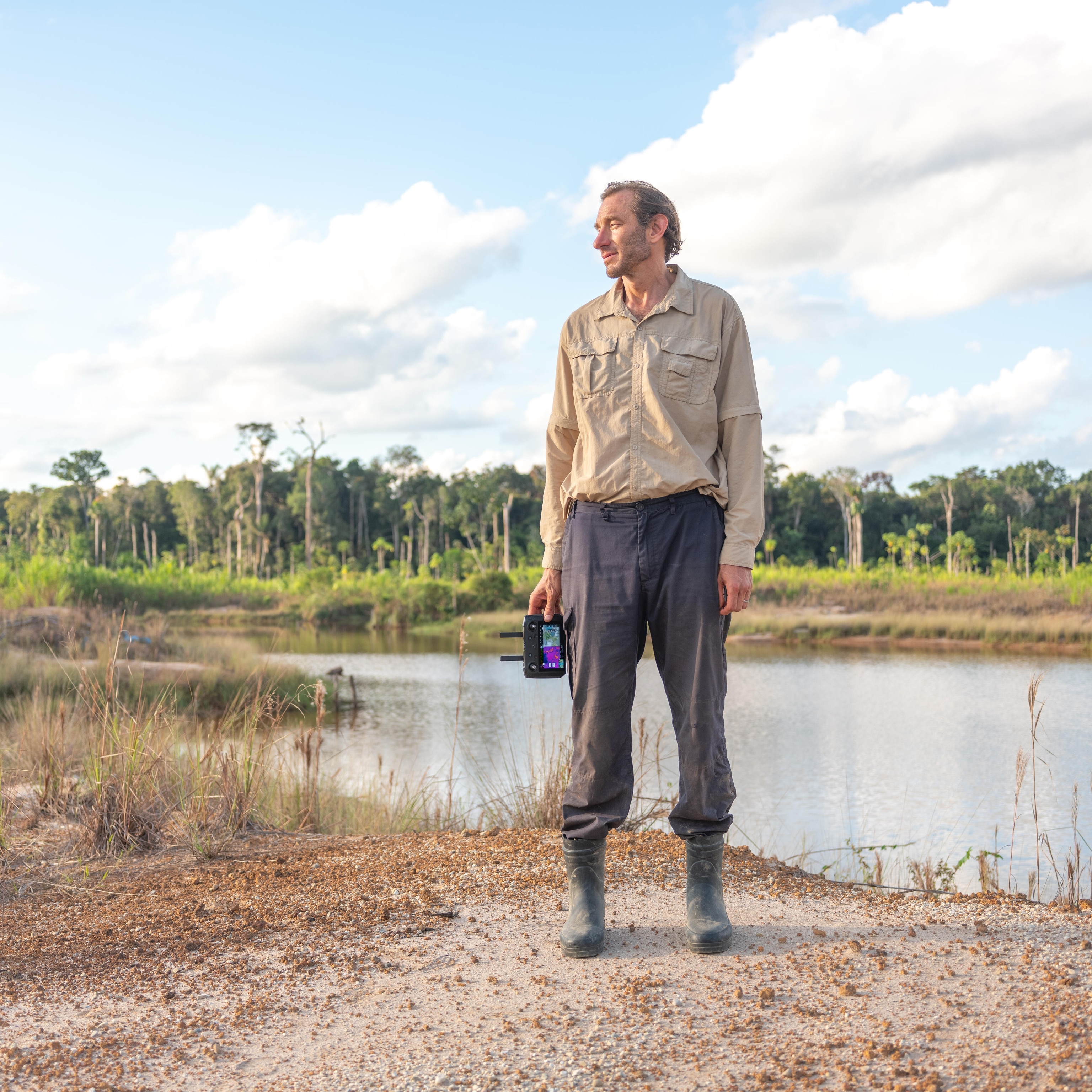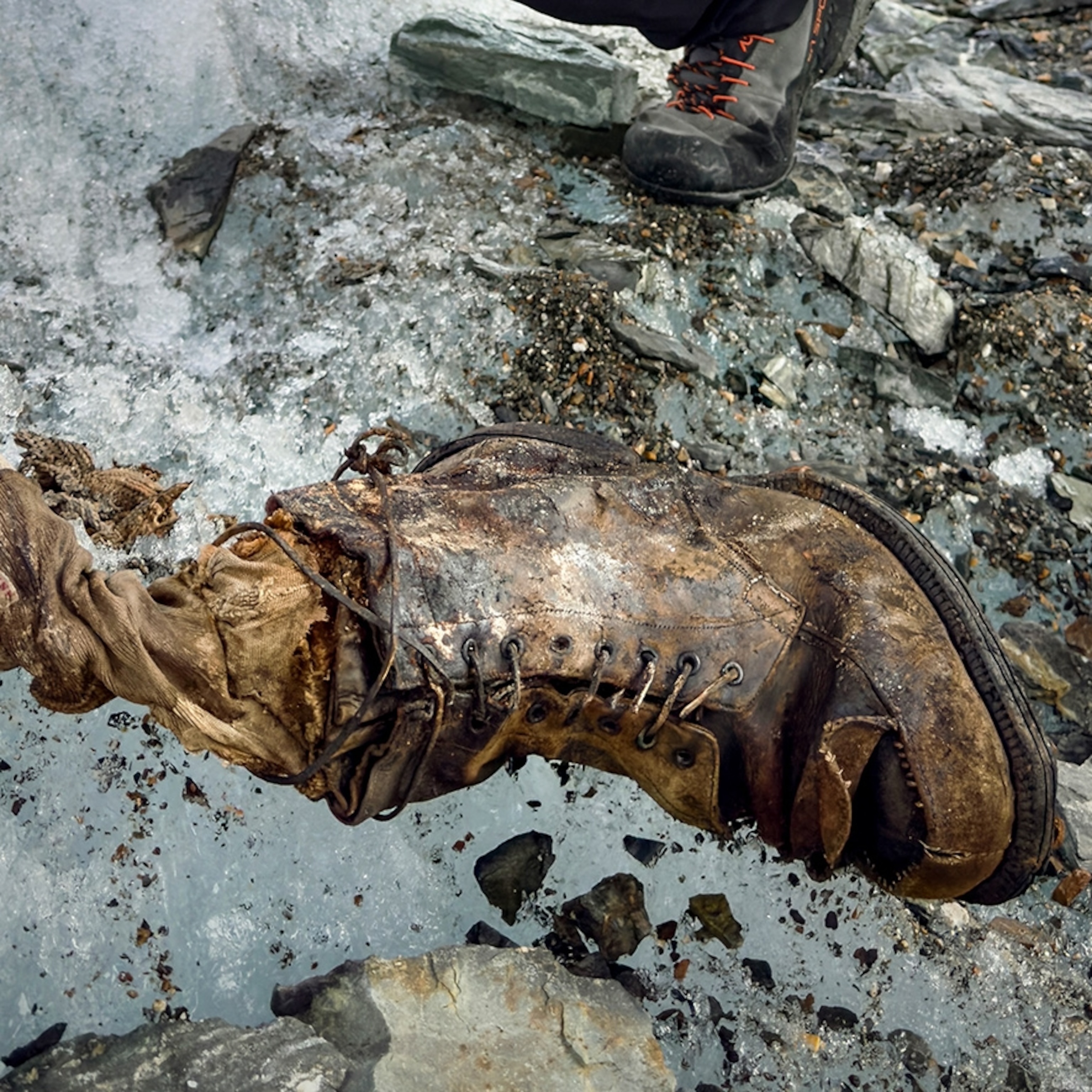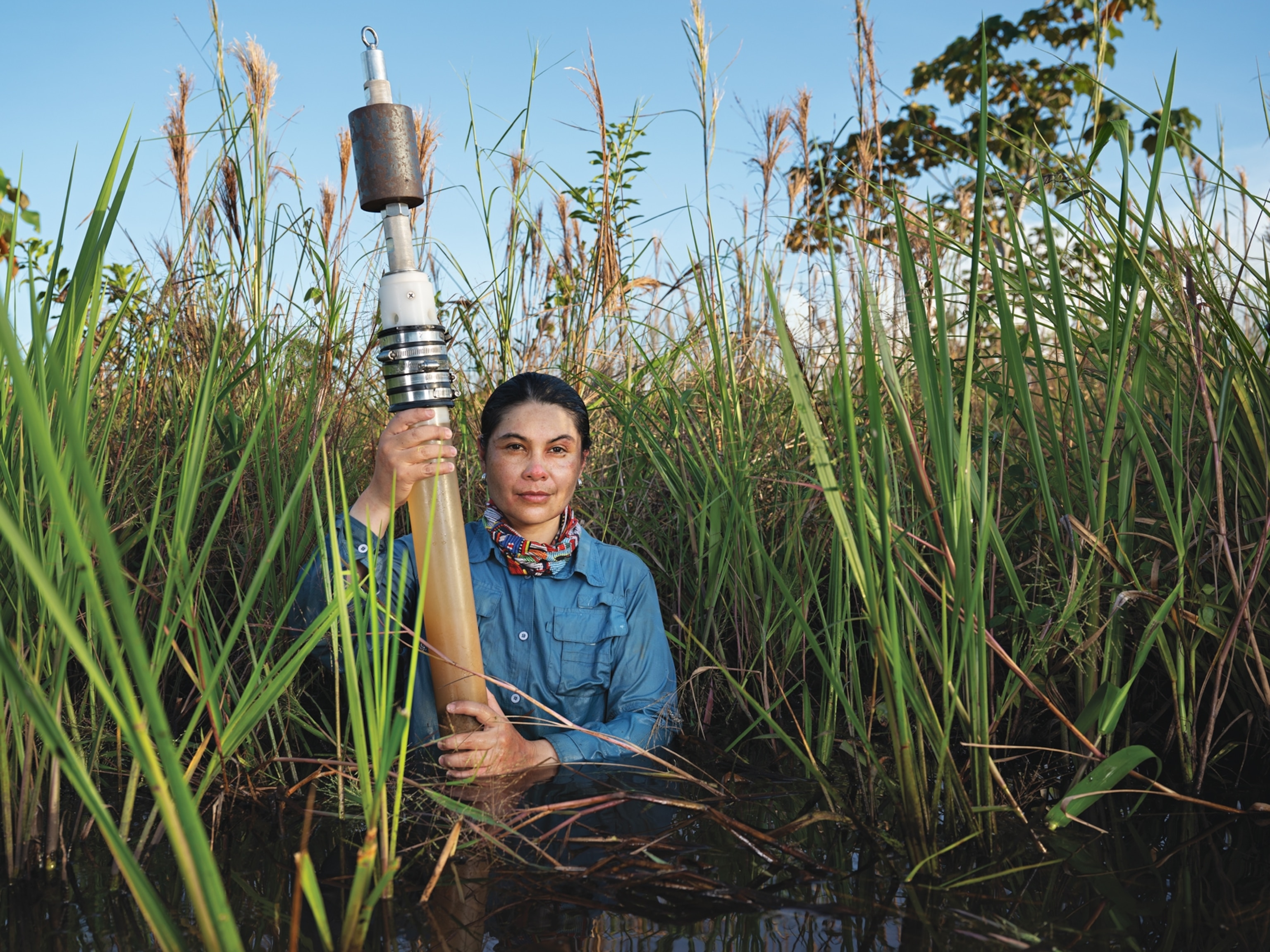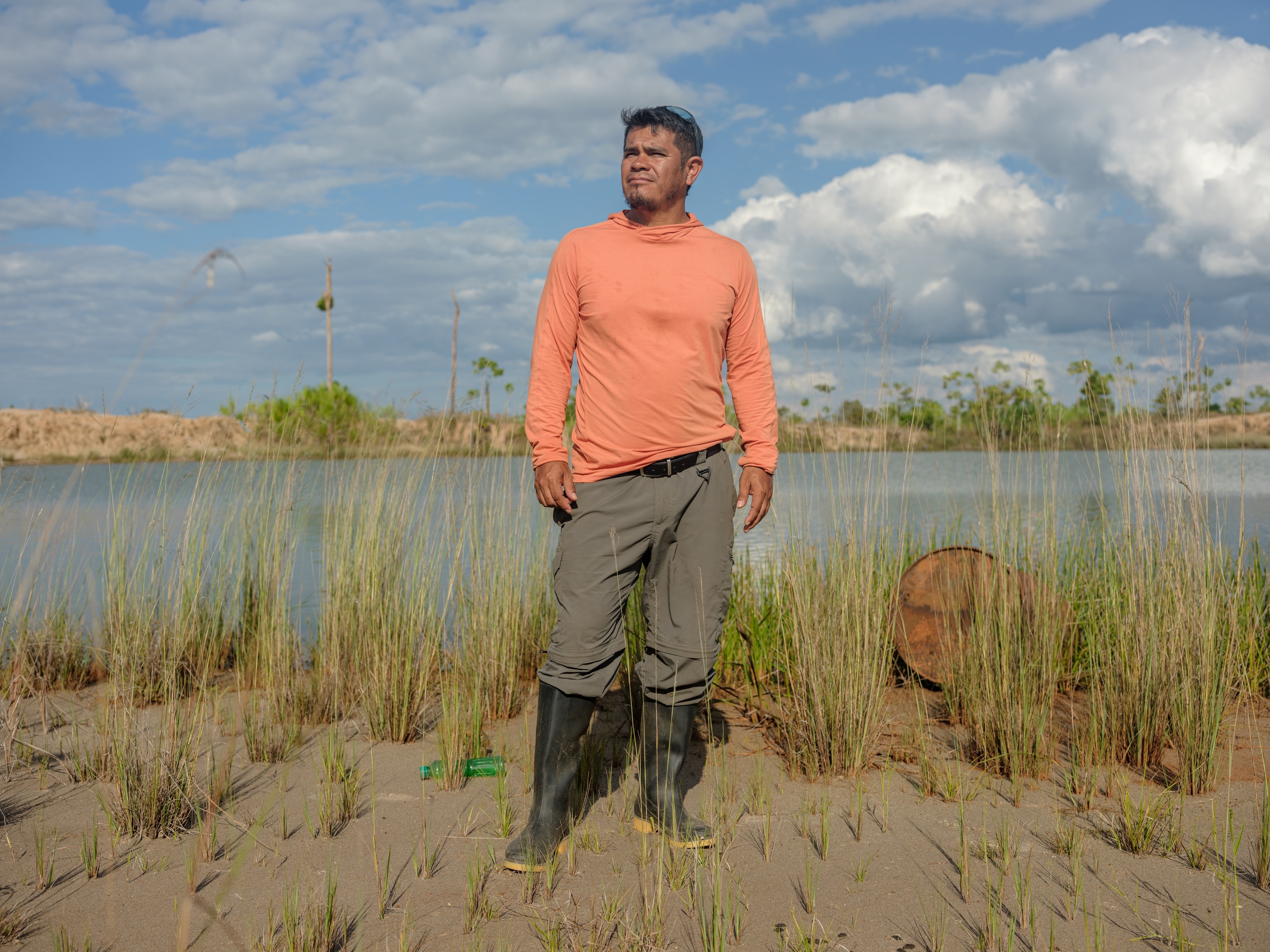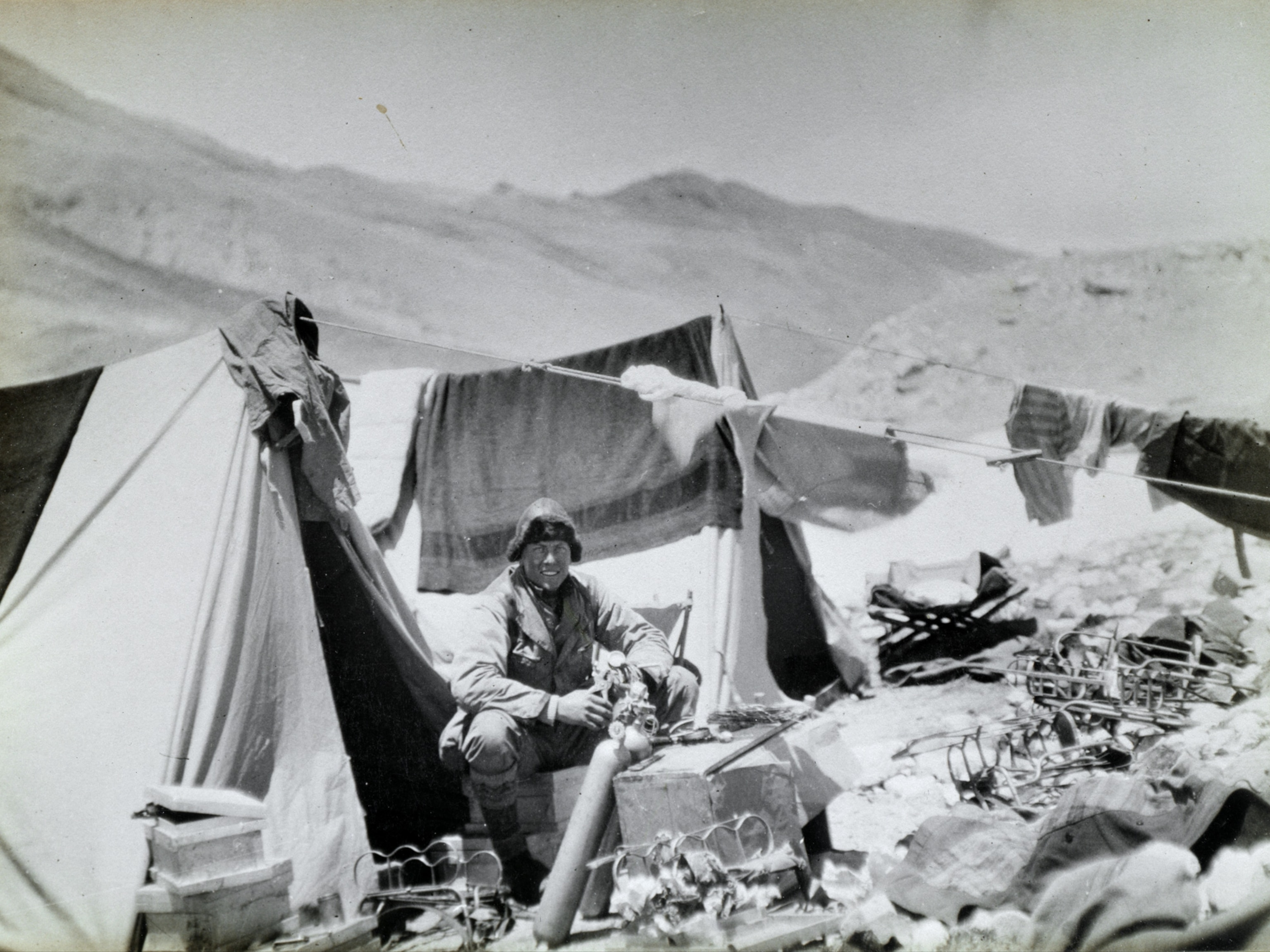
Flu outbreak rages near Everest base camp
Local doctors worry remote Nepal region is primed for a flu epidemic
Everest Base Camp, Nepal — As if climbing the world's tallest mountain isn't daunting enough, try it after getting hit with the flu. That's the daunting prospect currently facing climbers headed to Mount Everest as the spring climbing and trekking season has gotten underway. Over the last six months, doctors have detected a significant rise in influenza cases originating from the high-altitude trekking lodges of the Mount Everest region, signaling an alarming new risk for international adventurers and their local Nepali hosts.
“We haven’t had flu outbreaks like this,” says Prativa Pandey, medical director of the Ciwec Clinic in Kathmandu. “I’ve been here for 25 years, and I haven’t seen it.”
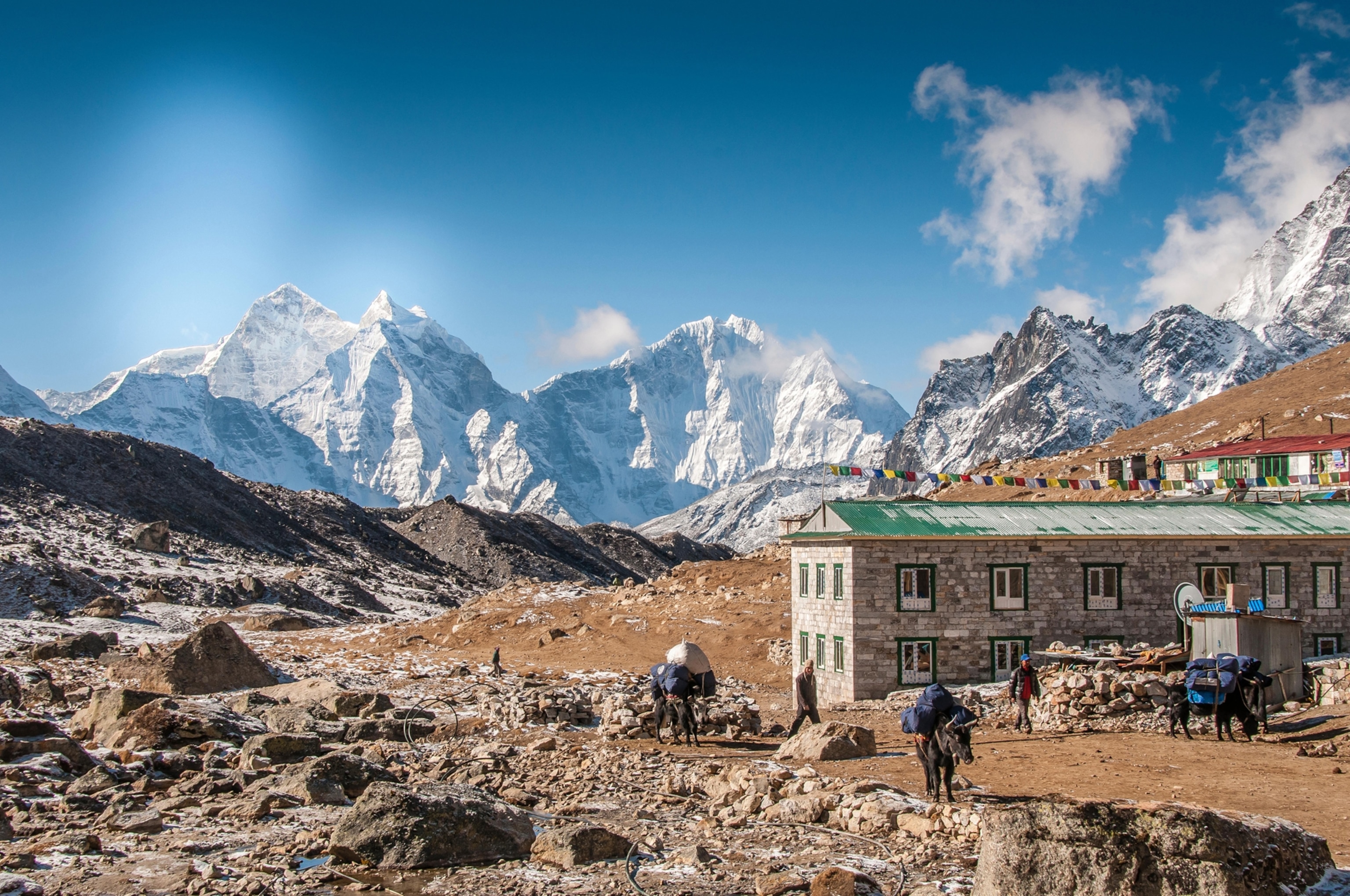
Last autumn, Pandey’s team noticed a spike in flu cases originating from the upper Khumbu Valley—the area immediately below Everest base camp, one of the most popular trekking destinations on the planet. “There were 40 travelers with confirmed flu who returned by helicopter to Kathmandu in October and November,” she reports. “There must have been many more sick people who did not come down.”
Of the 40 confirmed cases, 16 were H1N1, the notorious flu strain known as swine flu. Even more troubling, the trend seems to be continuing, as four more flu cases have been identified this April.
Spring is not the typical flu season. “Some of us are wondering if animals are keeping it alive, perhaps the yaks or birds. But most likely, a sick traveler has gone up there and spread it to the others,” Pandey says. “We haven’t seen it before during Everest climbing season.” For the several hundred mountaineers hoping to climb the mountain, the virus could spell serious trouble.
A Perfect Breeding Ground
The flu, officially known as influenza, is a global disease that has bedeviled humans for more than a century. Its remarkable resilience comes from its ability to easily mutate, producing new strains annually that medical researchers must identify and then develop new vaccines to address. Easily transmitted through the air via coughs and sneezes, it also has the ability to infect birds and animals.
Nepal's trekking lodges or teahouses, as they are sometimes referred, seem tailor-made for transmitting the virus. Guests typically stay in rustic bedrooms with no linen service and are served meals in a common dining room.
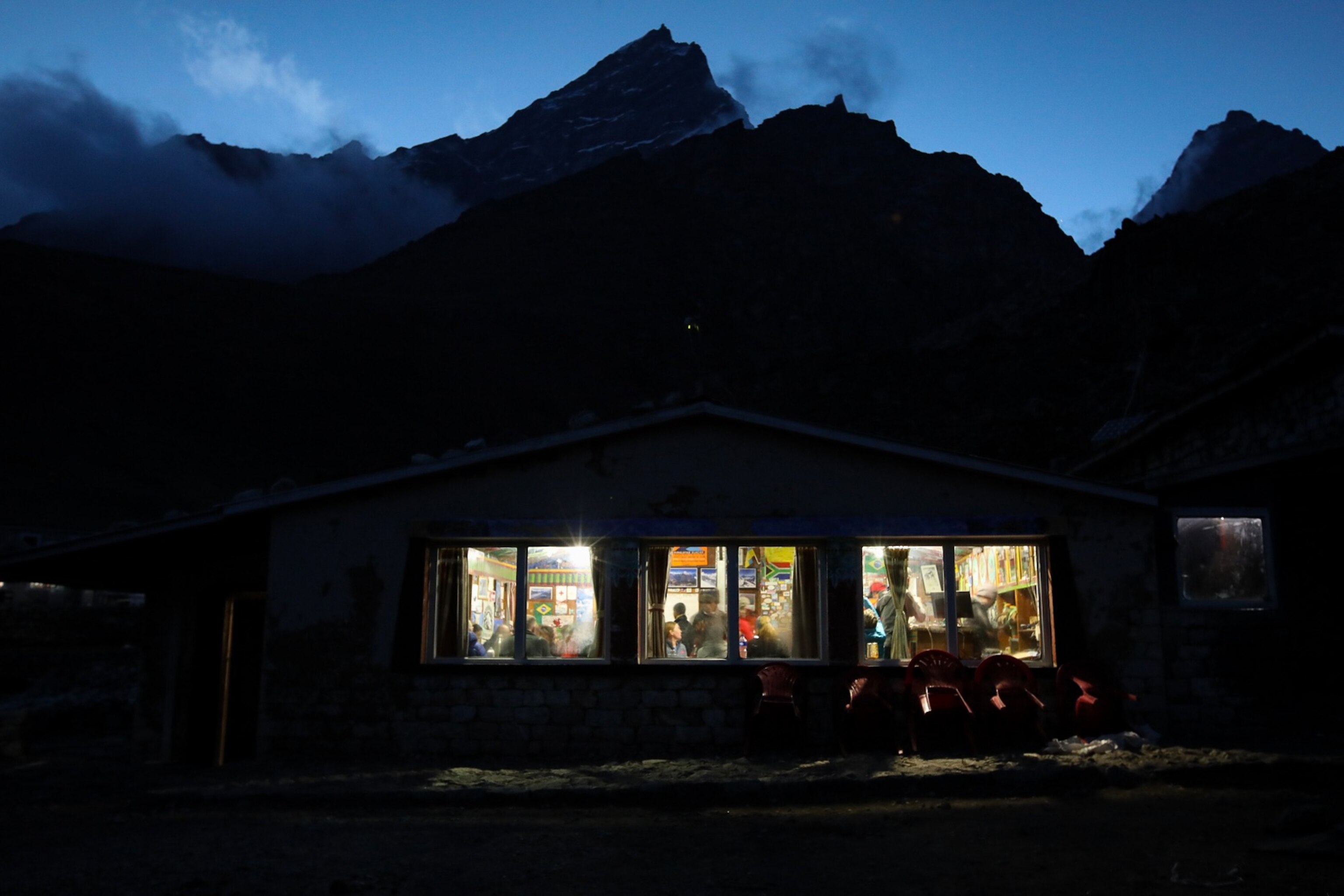
“Every time you dine, you’re eating in close proximity with people who have traveled from all over the world to be here,” explains Abhyu Ghimire, a doctor in Namche Bazaar, the main town in the Khumbu region. “I think it originates in Kathmandu,” he says. “Someone carries it from Kathmandu and gives it to everyone while trekking in Khumbu.”
“Especially as you go higher in the Everest area, the living quarters get more congested,” explains Pandey. “Lower down, there are so many lodges that people are not crammed in one place, but the higher you go, the places are very congested.” Historically, many trekking groups would camp, bringing along their own tents, cooks, and other infrastructure. But as the tourism business has grown in recent decades, the Khumbu has seen a building boom. Today, most parties opt to stay in local accommodations, rather than pitching tents.
Pandey’s best guess for the outbreak’s epicenter seems to be Lobuche, a small settlement of stone lodges a day’s hike from Everest base camp. During the busy spring and fall trekking seasons, it houses hundreds of travelers each night. The relative high altitude of the encampment—Lobouche sits at 16,200 feet—compounds the effects of any sickness.
“We see a lot of viral infections because of the harsh environment,” explains Diedre McCormack, a doctor currently volunteering at Everest ER, the medical clinic run by the Himalayan Rescue Association at Everest base camp. “Once you’re sick, it lowers the patient’s threshold for altitude sickness,” she says.
An Unseen Threat
Because none of the clinics in the Khumbu have the ability to test for the flu, it’s impossible to know the true scale of the virus’s presence. But doctors are also quick to note that influenza tests are often inaccurate.
However, in Namche Bazaar, Ghimire reports that he hasn’t seen much of an increase in flu cases among the local population compared to recent years. “I don’t have statistics to back it up, but with RTIs (Respiratory Tract Infections) among the local population, what we see are viral flu cases common among children, and bacterial issues, like Strep and H influenza, which is common among adults.” H flu—medical shorthand for Haemophilus influenzae—is a bacteria that can lead to more serious medical conditions like pneumonia.

Of course, it’s also possible that the locals just don’t seek treatment when they come down with the flu. “Nepalese get the flu, but it’s not diagnosed or treated,” explains Pawan Karki, another doctor volunteering at the Everest E.R., “and among adult Nepalis, vaccinations aren’t really a thing. Even some doctors don’t get vaccinated,” he says. Unconfirmed reports from other doctors working across rural Nepal suggest a troubling rise in flu cases, including many deaths.
By and large, the Everest climbing community seems to have been spared so far. “We haven’t seen a lot of the flu up here. There’s lots of RTI cases, but not the fevers, aches, and chills you associate with the flu,” says McCormack. “If hygene standards were bad, we’d be in trouble,” she adds. Ironically, many of the individual climbing team camps, which make up Everest base camp, are cleaner than many settlements down valley, and most climbers sleep in individual tents, which limits the spread of the virus.
But one point is clear: If you’re going trekking in Nepal—or hoping to climb Everest—get vaccinated.
“The one message we can get out is people should really be protected with the flu vaccine,” says Pandey. “It’s really all you can do. That, wash your hands, and cover your mouth when you cough.”
